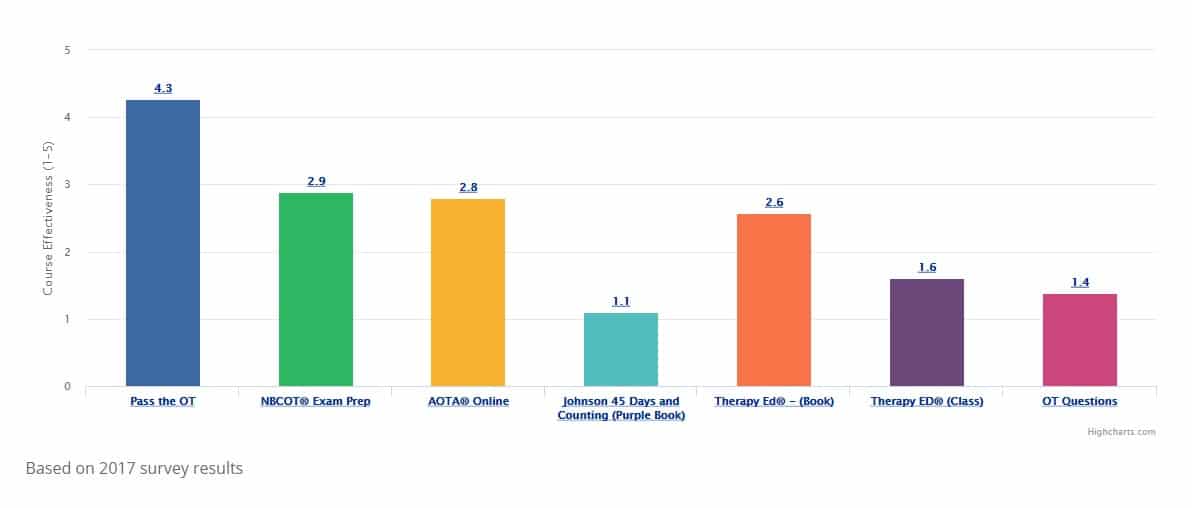Hand and Upper Extremity Worksheet
| Injury/Condition | Symptoms/Characteristics/OT assessments | OT interventions e.g. ROM/Exercises/Edema control/Tendon gliding etc | Potential Splints | Contraindications | Picture |
| Adhesive tendonitis | Restricted passive shoulder range of motion; AKA frozen shoulder | PROM, modalities, encourage active use, pain management (modalities) | 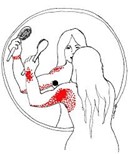 |
||
| Ape Hand | People who cannot move the thumb away from the rest of the hand. It is an inability to abduct the thumb. High median nerve injury at the elbow or proximal forearm. Sensory loss in index, middle, and radial side of finger; loss of pinch, thumb pposition, index finger MCP and PIP flexion; and decreased pronation. | 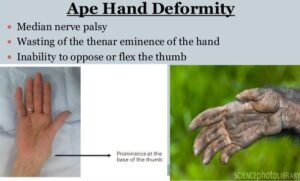 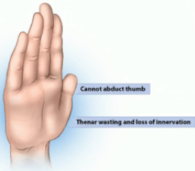 |
|||
| Arthritis | A form of joint disorder that involves inflammation of one or more joints. Two types: OA and RA. | With a resting splint address the natural aging process of skin and adipose tissue. Use soft straps and thick padding. | Functional splint or safe splints, depending on stage | 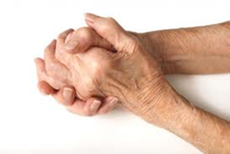 |
|
| Avulsion injuries | Tendon separates from the bone and its insertion and removes bone material with the tendon. (i.e.., mallet finger, boutonniere deformity, swan neck deformity) | 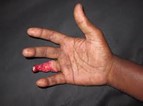 |
|||
| Bennet’s fracture | Fracture of the first metacarpal base | Orthotics are used for immobilization as needed. ROM is begun early, within 1 week if medically cleared. A sling is used for type 1 fractures or comfort if the client has pain and is nervous in public places. | 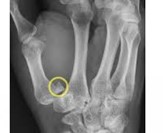 |
||
| Burns | A type of injury to flesh or skin caused by heat, electricity, chemicals, friction, or radiation. Burns that affect only the superficial skin are known as superficial or first-degree burns (i.e. sunburn). When damage penetrates into some of the underlying layers, it is a partialthickness or second-degree burn. In a full-thickness or thirddegree burn, the injury extends to all layers of the skin. A fourthdegree burn additionally involves injury to deeper tissues, such as muscle or bone. | Superficial, partial thickness burns: wound care and debridement, sterile whirlpool, dressing changes, gentle A/PROM to individual’s tolerance, edema control, splinting if necessary, ADL’s and role activities. Deep partical thickness burns: wound care and debridement, sterile whilpool, dressing changes, gentle A/PROM to individual tolerance, edema control, splinting if necessary, ADL’s and role activities, and strengthing (when wounds are healed). |
Airplane splints. Heal in anatomical position |
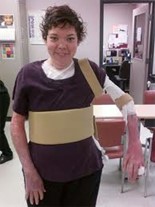 |

To view the full chart, upgrade now
